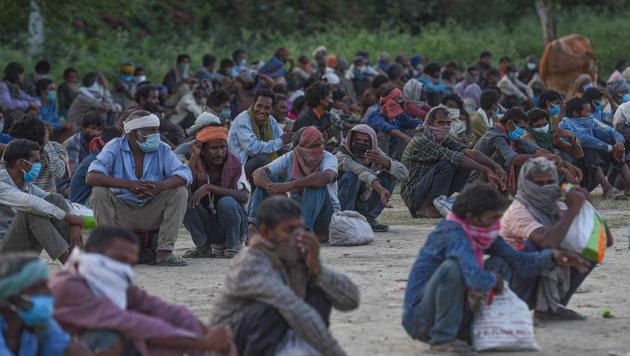Covid-19: What you need to know today
As cities, states, and countries around the world grapple with the Covid-19 disease, it is becoming clear that there is often an unmeasured but significant cost in terms of lives (leave alone livelihoods).
On Tuesday, the health department of New York City did something unexpected. It estimated the number of deaths that would have occurred in the city between March 11 (the day the city recorded its first death from Covid-19) and April 13 under normal circumstances, found out that around 3,000 more died than should have, and attributed the deaths to the coronavirus disease.

It is likely that a few of these people were actually infected by the Sars-CoV-2 virus which causes Covid-19, but New York’s logic for adding them to its total toll from the disease (which went past 10,000 as a result) wasn’t that – it was that the pandemic disrupted its health and other systems, causing these deaths that would otherwise not have happened.
As cities, states, and countries around the world grapple with the disease, it is becoming clear that there is often an unmeasured but significant cost in terms of lives (leave alone livelihoods).
New York’s experience has highlighted one of the factors that seem to work in favour of the disease – density.
The New York Metropolitan Area, which includes other parts of NY state and large and proximate cities in the states of New Jersey and Connecticut, has a population in excess of 20 million and a density of 2,500 people per square km. This is something that should worry both Mumbai and Delhi.
The National Capital Region of Delhi (including some parts of Uttar Pradesh and Haryana) has a population of around 46 million, and a density of about 840 people per square km.
The Mumbai Metropolitan Region, including adjoining regions in Maharashtra, has a population of around 26 million and a density of 4,764 people per square km. The Mumbai Metropolitan Region and NCR numbers date back to 2011, India’s most recent census.
With the city limits, the density is several times higher in both places. And within both regions, there are parts which are extremely crowded – Mumbai’s Dharavi slum for instance. On Wednesday, the number of cases in Mumbai were 1,896 and Delhi 1,578. Together, the two cities accounted for about 28% of all Covid-19 cases in India. Both cities have a high number of so-called containment zones – 438 in Mumbai, and 56 in Delhi.
Thus far, 114 Covid-19 patients have died in Mumbai and 32 in Delhi. Both Maharashtra (Mumbai-specific test numbers aren’t available) and Delhi have also tested far more people (per million population) than other states. The number for Maharashtra is 462 per million, and Delhi 989 per million. The national average is 203.
Given the number of containment zones in both the National Capital Region and the Mumbai Metropolitan Area, it is unlikely that both will benefit significantly from the partial relaxation of restrictions that will come into effect from April 20.
While the relaxations are significant – some have described it as a “big first step” – it is unlikely they will make a big difference to economic activity in these areas. An analysis by HT’s data partner Howindialives took credit flow as a proxy of economic activity and discovered that 43% of cases are in districts that together account for over half of all credit flows.
Still, it is a first step, and more such are needed – as is a generous economic relief and stimulus package that benefits both individuals and businesses alike.
The guidelines (see page 2) issued by the home ministry are notable for another reason – they say that spitting in public spaces will be punishable with a fine across India. India is a country of expectorators and this is probably the first time there has been a move at the national level to crack down on the unhygienic practice






